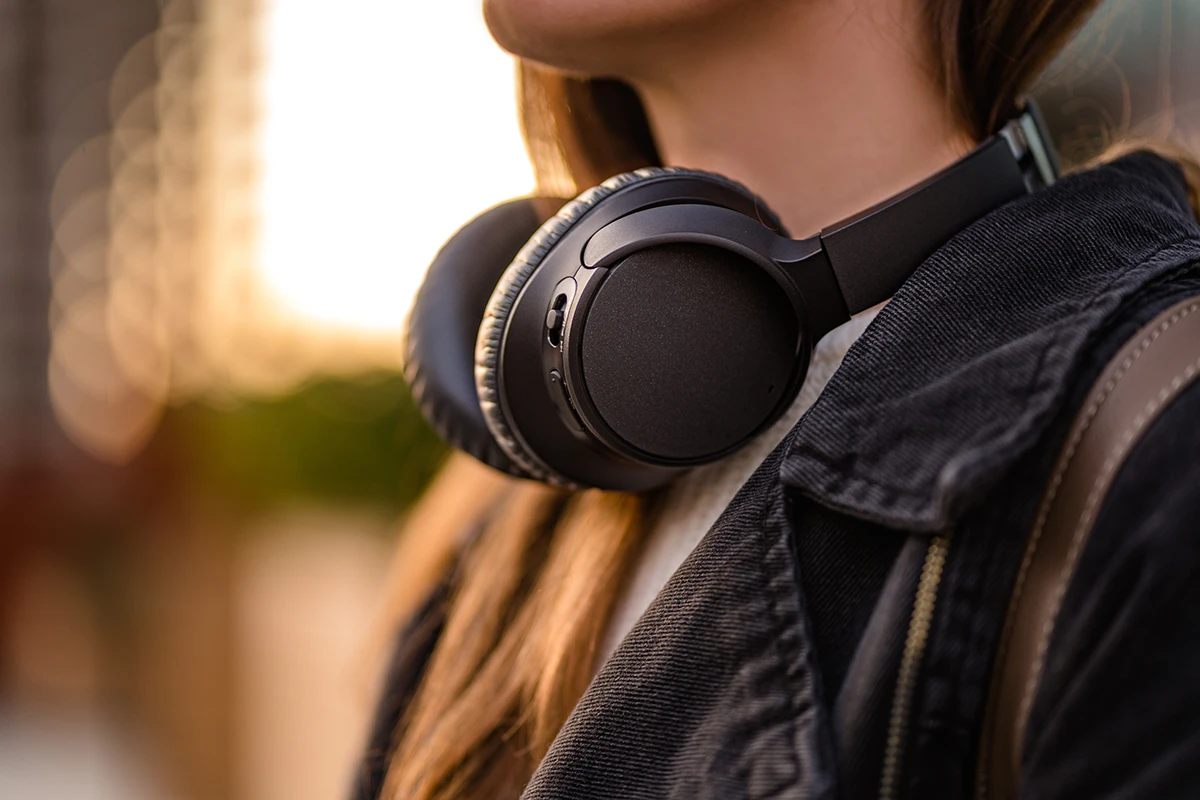
In today’s fast-paced and often noisy world, noise-canceling headphones have become increasingly popular for people of all ages. These types of headphones can block out external sounds, so listeners can hear their audio with less disruption. As desirable as this technology is for many people, a crucial question arises: Do noise-canceling headphones prevent hearing loss?
In this article, we explore how noise-canceling headphones work and provide expert tips on how to protect your hearing and reduce your risk of noise-induced hearing loss.
Everything You Should Know About Noise-Canceling Headphones and Hearing Loss

One of the most common causes of hearing loss is noise-induced hearing loss (NIHL), affecting nearly one in every four adults in the United States. NIHL is a preventable condition, making these statistics even more alarming and emphasizing the importance of protecting your hearing.
Noise-canceling headphones have become a very common remedy to a noisy world, but how do they work? Do noise-canceling headphones actually protect your hearing? – The short answer is no. They may provide an easier listening experience in certain situations, but unfortunately, noise-canceling headphones are not designed to prevent hearing loss specifically. However, when it comes to protecting your hearing, noise-canceling technology can have some advantages.
How Noise- Canceling Headphones Work
The use of noise-canceling technology in headphones is a remarkable innovation that aims to provide a more immersive listening experience. Unlike traditional headphones that solely rely on passive noise isolation, noise-canceling headphones actively reduce unwanted external sounds as well.
Active Noise-Canceling Headphones (ANC)
Noise-canceling headphones employ a technology known as active noise cancellation (ANC). ANC works by using built-in microphones to capture the external sounds from around you. The incoming sound waves are then analyzed and an opposite sound wave, known as an anti-noise or inverse wave is generated. When the anti-noise wave meets the original sound wave, they cancel each other out, effectively reducing the external noise.
Passive Noise Isolation
In addition to ANC, noise-canceling headphones also provide passive noise isolation. Passive isolation relies on the physical design of the headphones as well as the materials used to make features like the earbuds, or earmuff cushions. These components are made to physically block out external noise from entering your ears. However, while this can reduce some unwanted soundwaves from reaching your eardrums, it’s not meant to be soundproof or provide any kind of protection from hearing loss.
Benefits of Noise-Canceling Technology for Your Hearing

By reducing external sounds, noise-canceling headphones can make it easier to hear your personal devices without the need to increase the volume to an unsafe level. This can be particularly beneficial in noisy environments. By minimizing external noise disruptions, you can use your headphones at a safer volume level, reducing the risk of prolonged exposure to loud sounds, which can cause noise-induced hearing loss.
However, it’s important to remember that while noise-canceling technology can reduce external noise, it is still absolutely essential to use them responsibly, and in conjunction with other hearing protection strategies.
Noise-canceling headphones are not hearing protection devices and should never be used as such. Understanding the limitations and responsible usage of noise-canceling technology is crucial to preserving your long-term hearing health and reducing your risk of noise-induced hearing loss.
Noise-Cancelling Headphones vs Hearing Protection Devices
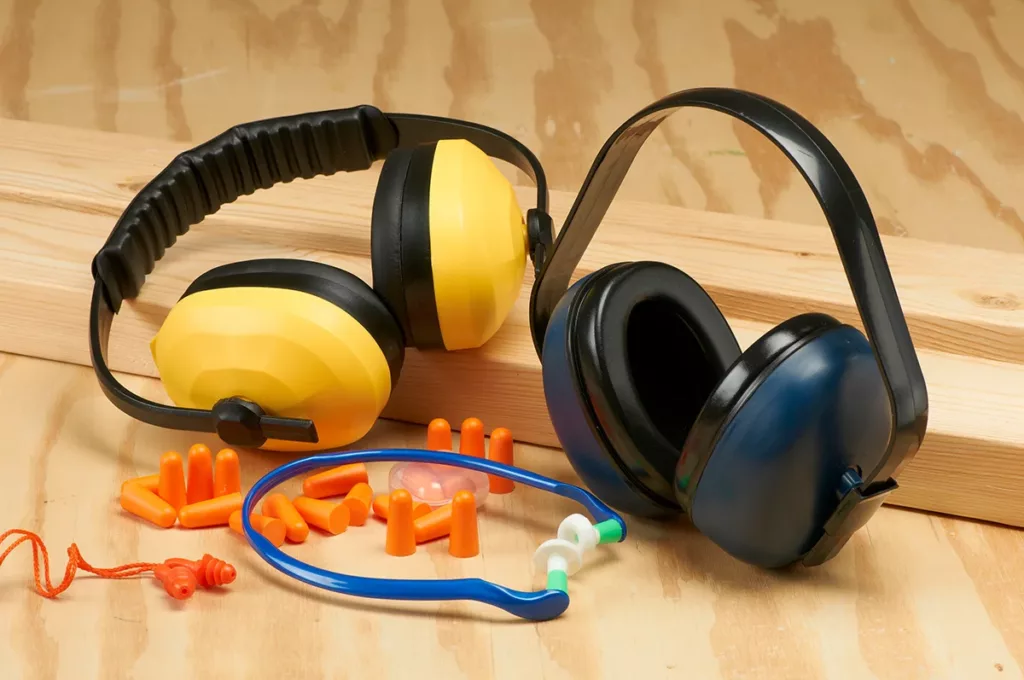
When it comes to hearing loss prevention, understanding the difference between noise-canceling headphones and hearing protection devices is essential. Noise-canceling headphones can help provide an easier listening experience with fewer external noise disruptions, but they are not designed for hearing protection.
In the U.S., any device sold for hearing protection must be thoroughly tested in an accredited lab and given a Noise Reduction Rating (NRR). Consumer noise-canceling headphones do not have such a rating, because they are not hearing protection, so they fall outside of this requirement and are unregulated.
What is a Noise Reduction Rating (NRR)?
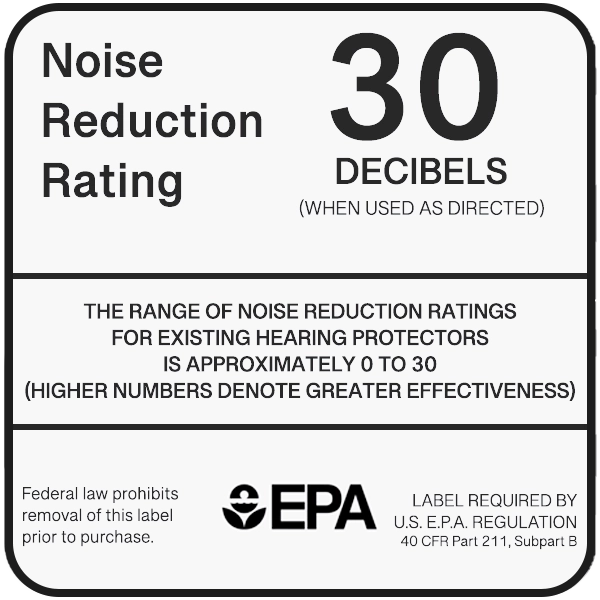
Hearing protection devices, such as foam earplugs, earmuffs, or custom-molded earplugs, undergo rigorous testing to determine their noise reduction rating (NRR), which indicates the level of noise reduction they provide. The higher the NRR rating is, the more decibels (dB) of sounds the device can reduce; however, it is not a matter of just subtracting the NRR rating from the environmental sound level. For example, if a pair of earplugs has an NRR score of 30 dB, and the environment or sound you want protection from is 100 dB, wearing the earplugs will result in a noise exposure of 88.5 decibels.
The following table outlines common, everyday sounds and their average noise level measured in decibels:
| 60-69 dB | Casual conversations, refrigerator hum |
| 70-79 dB | Washing machine, dishwasher, strong wind |
| 80-89 dB | Gas-powered power tools, garbage disposals |
| 90-99 dB | Motorcycles, blenders |
| 100 dB | Music concerts, sporting events |
Hearing Protection Devices
Dedicated hearing protection devices with certified NRR ratings offer a reliable solution to safeguard your hearing health. By selecting devices with an appropriate NRR that aligns with your specific environment, you can effectively reduce the risk of noise-induced hearing loss and maintain your auditory well-being for years to come.
Tips for Preventing Noise-Induced Hearing Loss
The best way to prevent noise-induced hearing loss is to avoid loud noises. Since this is not always practical, there are a number of ways you can mitigate the effects of the loud noises around you. These NIHL prevention tips include:
- Wear properly fitted hearing protection like earplugs or over-the-head earmuffs when you are in loud environments or around loud noises.
- Reduce loud noises at the source by keeping machinery and equipment in good working condition.
- Create an enclosure or add a barrier that increases the distance between yourself and the source of the loud sounds.
- Take frequent breaks from loud activities, and noisy environments to give your ears time to recover, and to limit excessive exposure.
- Always keep your music volume, or other audio entertainment at a safe listening level. (Those ANC headphones may help with this, but the sound quality may suffer, and you could still turn the music up too loud.)
- Keep your vehicle windows rolled up when stuck in traffic or while driving in busy areas or big cities.
Tips for Using Noise-Canceling Headphones Responsibly
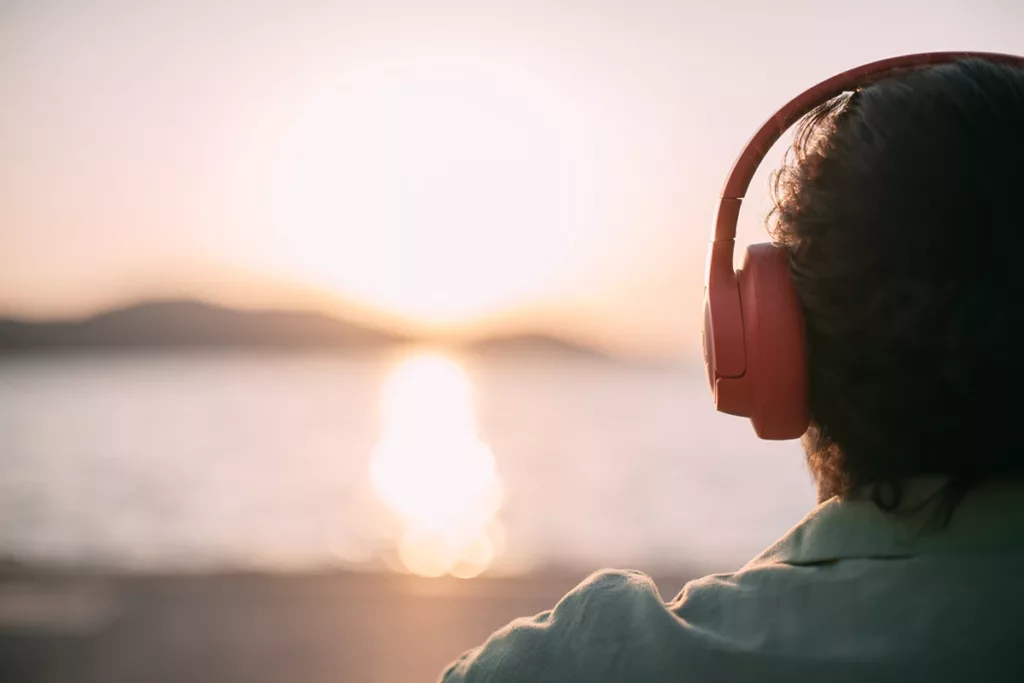
Using noise-canceling headphones can help block out external noises and allow you to listen to your personal audio devices at a lower volume. However, many people still use these types of headphones at unsafe volume levels, which increases the risk of hearing loss. Here are some tips for using noise-canceling headphones responsibly to protect your hearing and reduce your risk of noise-induced hearing loss:
Keep Your Volume Level Between 60-75 Decibels
The most effective way to protect your hearing while using headphones is to keep your volume at a safe listening level, which is typically between 60-75 decibels. Sound intensity is most commonly measured in decibels (dB), meaning the higher the decibel, the louder and more intense the sound is. According to the American Speech-Language-Hearing Association (ASHA), the safest listening level for the average human ear is 70 dB and quieter.
Normal, everyday conversations are usually conducted at this volume level, and will typically have no negative effect on your hearing. Common everyday noises like your washing machine or dishwasher usually fall around 70-75 dB, which can cause damage to your hearing after 8 hours of exposure. So, as long as you remain mindful of your usage, this is a safe volume to use headphones at.
Be Mindful of Your Listening Time
Regardless of the headphones you use, it’s essential to give your ears regular breaks from prolonged listening sessions. Extended exposure to any sound, even at moderate volumes, can contribute to hearing damage. Remember to limit your overall listening time and give your ears a chance to rest and recover.
Combine Noise-Canceling with Volume Control
By keeping the volume at a reasonable level and taking advantage of the noise-canceling capabilities, you can enjoy your audio content while minimizing the risk of hearing damage. When your volume level starts to get louder than 70 dB, hearing loss becomes a much bigger risk at a much faster rate.
In fact, volume levels between 80-89 dB can damage your hearing after only 2 hours of exposure. It only takes one hour of exposure to sounds in the 90 dB range to damage your hearing, and less than 20 minutes for 100 dB+ to permanently damage your hearing.
Follow the Manufacturer’s Guidelines
Every pair of noise-canceling headphones will have specific usage instructions or recommendations from the manufacturer. It’s essential to familiarize yourself with these guidelines to ensure proper usage and maximize the benefits of the technology while protecting your hearing.
Be Mindful of Surroundings
Noise-canceling headphones can create a more immersive listening experience, which may lead to reduced awareness of your surroundings. It’s important to be cautious when using them in environments that require situational awareness, such as when walking, cycling, or commuting. Stay vigilant to ensure your personal safety and be aware of important auditory cues in your environment.
Take Control of Your Hearing Health Today
Noise-canceling headphones are great for filtering out external noise pollution so you can listen to your personal audio devices at safer volume levels. However, the bottom line is that even when used responsibly, noise-canceling headphones are not hearing protection devices and will not prevent hearing loss.
We encourage you to take proactive steps to preserve your hearing by meeting with one of our highly experienced hearing care specialists at any of our clinics located nationwide. The caring staff at any of our clinics can assess your hearing health through a thorough hearing test and exam. Don’t wait until it’s too late – act now to protect your hearing for years to come.

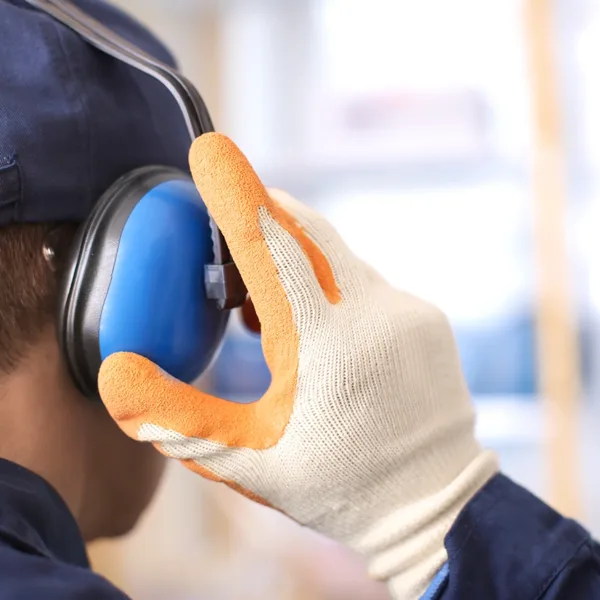





Have a question or Comment?